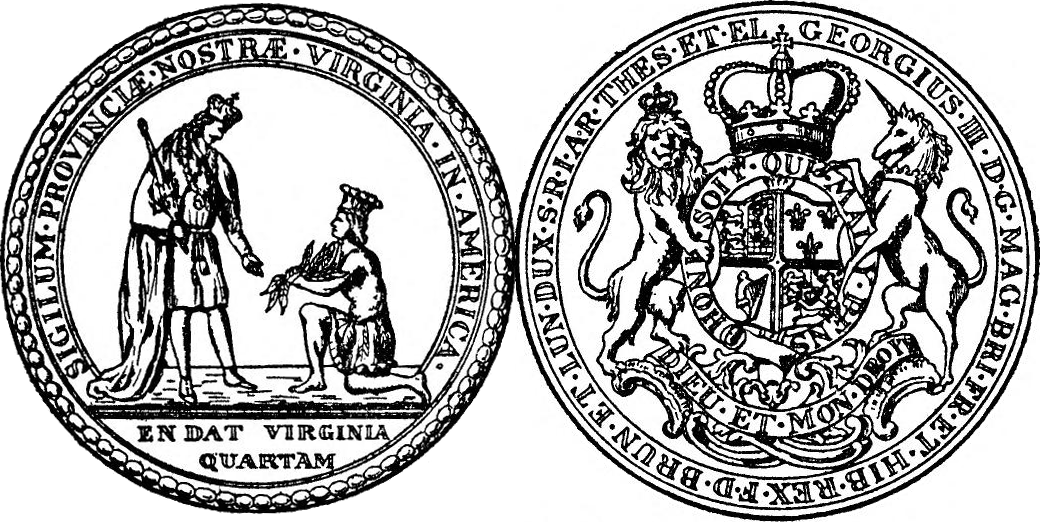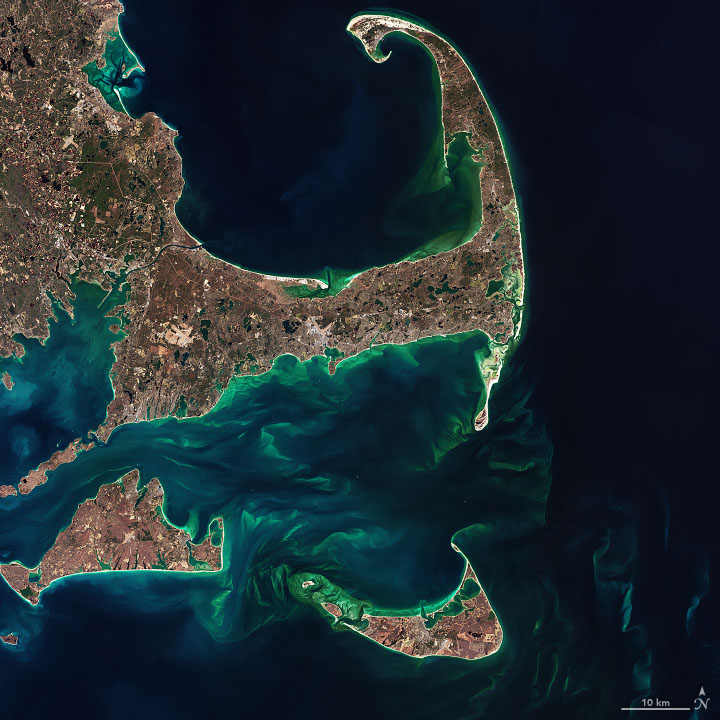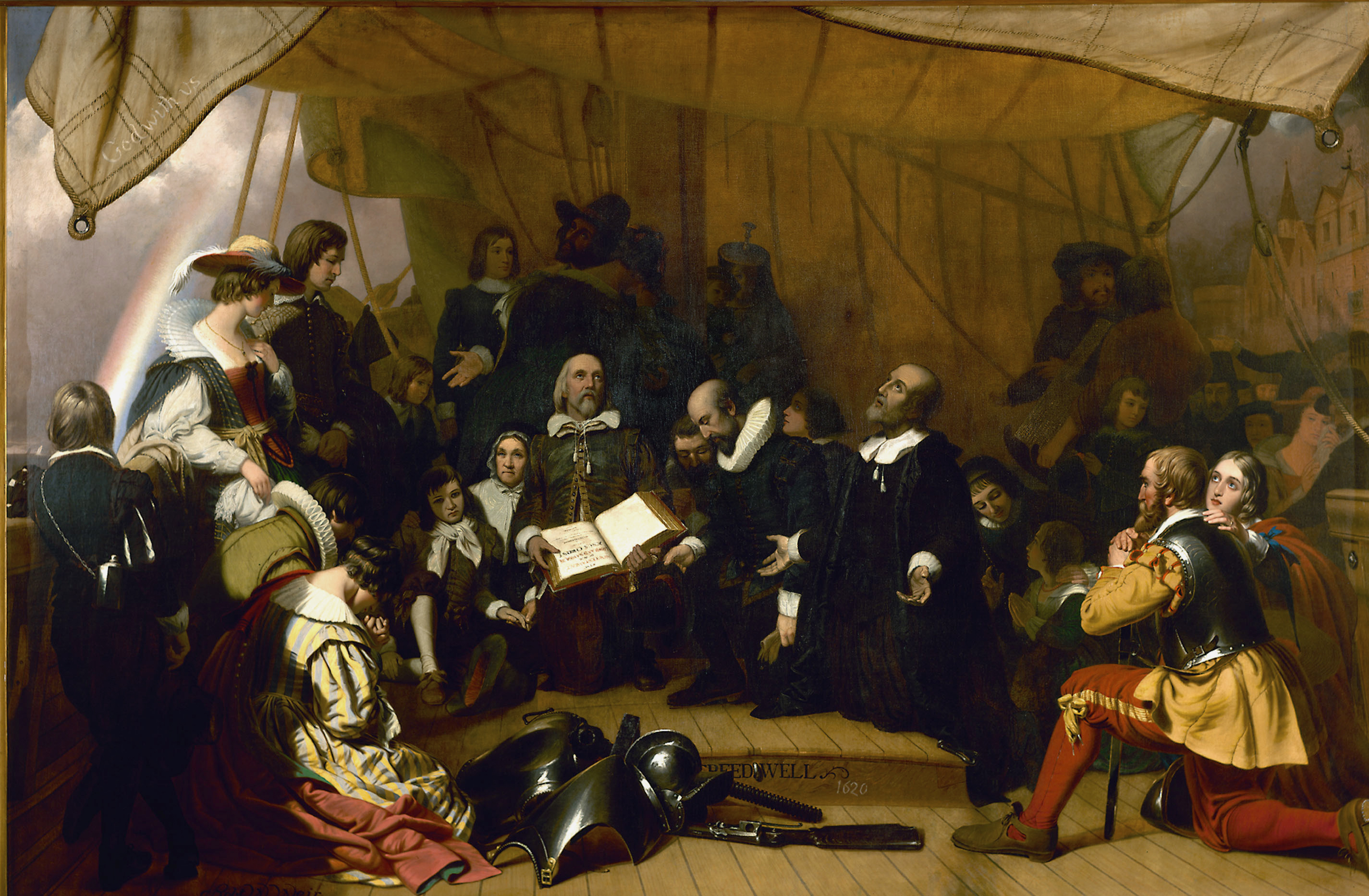|
John Carver (Plymouth Colony Governor)
John Carver (before 1584–1621) was one of the Pilgrims who braved the ''Mayflower'' voyage in 1620 which resulted in the creation of Plymouth Colony in America. He is credited with writing the Mayflower Compact and was its first signer, and he was also the first governor of Plymouth Colony.Eugene Aubrey Stratton, ''Plymouth Colony: Its History and People, 1620-1691,'' (Salt Lake City: Ancestry Publishing, 1986), p. 259''A genealogical profile of John Carver,'' (a collaboration of Plimoth Plantation and New England Historic Genealogical Society accessed 2013-04-21) Life in Leiden Little is known about Carver's ancestry or early family life. Jeremy Bangs notes that Carver and his wife Mary were members of the Walloon church in Leiden, Holland on February 8, 1609. The Flemish Walloon community was fleeing religious persecution in their homeland (then part of the Spanish Netherlands, now split between Belgium and France), as were the Puritan separatists who came to Holland fr ... [...More Info...] [...Related Items...] OR: [Wikipedia] [Google] [Baidu] |
William Bradford (Plymouth Colony Governor)
William Bradford ( 19 March 15909 May 1657) was an English Puritan separatist originally from the West Riding of Yorkshire in Northern England. He moved to Leiden in Holland in order to escape persecution from King James I of England, and then emigrated to the Plymouth Colony on the ''Mayflower'' in 1620. He was a signatory to the Mayflower Compact and went on to serve as Governor of the Plymouth Colony intermittently for about 30 years between 1621 and 1657. His journal '' Of Plymouth Plantation'' covered the years from 1620 to 1646 in Plymouth. ''The fast and thanksgiving days of New England'' by William Deloss Love, Houghton, Mifflin and Co., Cambridge, 1895. Early life [...More Info...] [...Related Items...] OR: [Wikipedia] [Google] [Baidu] |
Colony Of Virginia
The Colony of Virginia, chartered in 1606 and settled in 1607, was the first enduring English colonial empire, English colony in North America, following failed attempts at settlement on Newfoundland (island), Newfoundland by Sir Humphrey GilbertGilbert (Saunders Family), Sir Humphrey" (history), ''Dictionary of Canadian Biography'' Online, University of Toronto, May 2, 2005 in 1583 and the colony of Roanoke (further south, in modern eastern North Carolina) by Sir Walter Raleigh in the late 1580s. The founder of the new colony was the Virginia Company, with the first two settlements in Jamestown, Virginia, Jamestown on the north bank of the James River and Popham Colony on the Kennebec River in modern-day Maine, both in 1607. The Popham colony quickly failed due to Starving Time, a famine, disease, and conflicts with local Native American tribes in the first two years. Jamestown occupied land belonging to the Powhatan Confederacy, and was also at the brink of failure before the arr ... [...More Info...] [...Related Items...] OR: [Wikipedia] [Google] [Baidu] |
William Mullins (Mayflower Passenger)
William Mullins (c. 1572 – 1621) and his family traveled as passengers on the historic 1620 voyage to America on the Pilgrim ship ''Mayflower''. He was a signatory to the Mayflower Compact. Mullins perished in the pilgrims' first winter in the New World, with his wife and son dying soon after.Eugene Aubrey Stratton, ''Plymouth Colony: Its History and People, 1620-1691,'' (Salt Lake City: Ancestry Publishing, 1986), p. 331Caleb H. Johnson, ''The Mayflower and Her Passengers'' (Indiana: Xlibris Corp., 2006), p. 193Pilgrim Hall Museum William Museum ' Early life in England William Mullins was born about 1572 in Dorking, co. Surrey, England (about 21 miles south of London), most likely the son of John and Joan/Joane (Bridger) Mullins of that parish. John Mullins died in February 1584 and William's mother Joane married secondly Vincent Benham on 1 November 1585. Most unfortunately, the parish registers of Dorking were not maintained by the vicar between 1572 and 1578, so his ba ... [...More Info...] [...Related Items...] OR: [Wikipedia] [Google] [Baidu] |
New England
New England is a region comprising six states in the Northeastern United States: Connecticut, Maine, Massachusetts, New Hampshire, Rhode Island, and Vermont. It is bordered by the state of New York to the west and by the Canadian provinces of New Brunswick to the northeast and Quebec to the north. The Atlantic Ocean is to the east and southeast, and Long Island Sound is to the southwest. Boston is New England's largest city, as well as the capital of Massachusetts. Greater Boston is the largest metropolitan area, with nearly a third of New England's population; this area includes Worcester, Massachusetts (the second-largest city in New England), Manchester, New Hampshire (the largest city in New Hampshire), and Providence, Rhode Island (the capital of and largest city in Rhode Island). In 1620, the Pilgrims, Puritan Separatists from England, established Plymouth Colony, the second successful English settlement in America, following the Jamestown Settlement in Virg ... [...More Info...] [...Related Items...] OR: [Wikipedia] [Google] [Baidu] |
List Of Mayflower Passengers Who Died In The Winter Of 1620–21
Forty-five of the 102 ''Mayflower'' passengers died in the winter of 1620–21, and the ''Mayflower'' colonists suffered greatly during their first winter in the New World from lack of shelter, scurvy, and general conditions on board ship. They were buried on Cole's Hill. People marked * below were probably buried in unmarked graves in the Coles Hill Burial Ground in Plymouth, Massachusetts. In 1921, some of the remains of persons buried on that hill were collected into the sarcophagus that is the Pilgrim Memorial Tomb on Cole's Hill in Plymouth. Many of the people listed here are named on the Tomb. Men *John Allerton* *Richard Britteridge*, December 21 *William Butten/Button, November 6/16 on board ''Mayflower''. Buried either at sea or later possibly ashore. Memorial in Provincetown. (a young man) *Robert Carter*, after February 21 * James Chilton*, 8/18 on board ''Mayflower'' in Cape Cod Harbor. Most likely buried ashore. Memorial in Provincetown. Signer of the Mayflower Comp ... [...More Info...] [...Related Items...] OR: [Wikipedia] [Google] [Baidu] |
Scurvy
Scurvy is a disease resulting from a lack of vitamin C (ascorbic acid). Early symptoms of deficiency include weakness, feeling tired and sore arms and legs. Without treatment, decreased red blood cells, gum disease, changes to hair, and bleeding from the skin may occur. As scurvy worsens there can be poor wound healing, personality changes, and finally death from infection or bleeding. It takes at least a month of little to no vitamin C in the diet before symptoms occur. In modern times, scurvy occurs most commonly in people with mental disorders, unusual eating habits, alcoholism, and older people who live alone. Other risk factors include intestinal malabsorption and dialysis. While many animals produce their own vitamin C, humans and a few others do not. Vitamin C is required to make the building blocks for collagen. Diagnosis is typically based on physical signs, X-rays, and improvement after treatment. Treatment is with vitamin C supplements taken by mouth. Improvement ... [...More Info...] [...Related Items...] OR: [Wikipedia] [Google] [Baidu] |
Cape Cod
Cape Cod is a peninsula extending into the Atlantic Ocean from the southeastern corner of mainland Massachusetts, in the northeastern United States. Its historic, maritime character and ample beaches attract heavy tourism during the summer months. The name Cape Cod, coined in 1602 by Bartholomew Gosnold, is the ninth oldest English place-name in the U.S. As defined by the Cape Cod Commission's enabling legislation, Cape Cod is conterminous with Barnstable County, Massachusetts. It extends from Provincetown in the northeast to Woods Hole in the southwest, and is bordered by Plymouth to the northwest. The Cape is divided into fifteen towns, several of which are in turn made up of multiple named villages. Cape Cod forms the southern boundary of the Gulf of Maine, which extends north-eastward to Nova Scotia. Since 1914, most of Cape Cod has been separated from the mainland by the Cape Cod Canal. The canal cuts roughly across the base of the peninsula, though small portions ... [...More Info...] [...Related Items...] OR: [Wikipedia] [Google] [Baidu] |
The Mayflower Compact 1620 Cph
''The'' () is a grammatical article in English, denoting persons or things that are already or about to be mentioned, under discussion, implied or otherwise presumed familiar to listeners, readers, or speakers. It is the definite article in English. ''The'' is the most frequently used word in the English language; studies and analyses of texts have found it to account for seven percent of all printed English-language words. It is derived from gendered articles in Old English which combined in Middle English and now has a single form used with nouns of any gender. The word can be used with both singular and plural nouns, and with a noun that starts with any letter. This is different from many other languages, which have different forms of the definite article for different genders or numbers. Pronunciation In most dialects, "the" is pronounced as (with the voiced dental fricative followed by a schwa) when followed by a consonant sound, and as (homophone of the archaic pr ... [...More Info...] [...Related Items...] OR: [Wikipedia] [Google] [Baidu] |
Christopher Martin (Mayflower Passenger)
Christopher Martin (c. 1582-1621)''A genealogical profile of Christopher Martin,'' (a collaboration of Plimoth Plantation and New England Historic Genealogical Society accessed 2013) ' and his family embarked on the historic 1620 voyage of the Pilgrims (Plymouth Colony), Pilgrim ship ''Mayflower'' on its journey to the New World. He was initially the governor of passengers on the ship '' Speedwell'' until that ship was found to be unseaworthy, and later on the ''Mayflower'', until replaced by John Carver. He was a signatory to the Mayflower Compact. He and his family all perished in the first winter at Plymouth Colony.Eugene Aubrey Stratton, ''Plymouth Colony: Its History and People, 1620–1691,'' (Salt Lake City: Ancestry Publishing, 1986), p. 323Caleb H. Johnson, ''The Mayflower and her passengers'' (Indiana:Xlibris Corp., Caleb Johnson, 2006) pp. 185-186 Early life Christopher Martin first appears in the records of Great Burstead, Essex, England, with his 1607 marriage to ... [...More Info...] [...Related Items...] OR: [Wikipedia] [Google] [Baidu] |
Southampton
Southampton () is a port City status in the United Kingdom, city in the ceremonial county of Hampshire in southern England. It is located approximately south-west of London and west of Portsmouth. The city forms part of the South Hampshire, South Hampshire built-up area, which also covers Portsmouth and the towns of Havant, Waterlooville, Eastleigh, Fareham and Gosport. A major port, and close to the New Forest, it lies at the northernmost point of Southampton Water, at the confluence of the River Test and River Itchen, Hampshire, Itchen, with the River Hamble joining to the south. Southampton is classified as a Medium-Port City . Southampton was the departure point for the and home to 500 of the people who perished on board. The Supermarine Spitfire, Spitfire was built in the city and Southampton has a strong association with the ''Mayflower'', being the departure point before the vessel was forced to return to Plymouth. In the past century, the city was one of Europe's mai ... [...More Info...] [...Related Items...] OR: [Wikipedia] [Google] [Baidu] |
Speedwell (1577 Ship)
''Speedwell'' was a 60-ton pinnace that, along with ''Mayflower'', transported the Pilgrims from England to the New World in the early 1600s, and was the smaller of the two ships. A vessel of the same name and size travelled to the New World seventeen years prior as the flagship of the first expedition of Martin Pring. ''Swiftsure'' ''Speedwell'' was built in 1577, under the name ''Swiftsure'', as part of English preparations for war against Spain. She participated in the fight against the Spanish Armada. During the Earl of Essex's 1596 Azores expedition she served as the ship of his second in command, Sir Gelli Meyrick. After hostilities with Spain ended, she was decommissioned in 1605, and renamed ''Speedwell'', after the UK wildflower but also a play on words for its desired ability. ''Speedwell'' Captain Blossom, a Leiden Separatist, bought ''Speedwell'' in July 1620. They then sailed under the command of Captain Reynolds to Southampton, England to meet the sister ship, '' ... [...More Info...] [...Related Items...] OR: [Wikipedia] [Google] [Baidu] |






.png)
